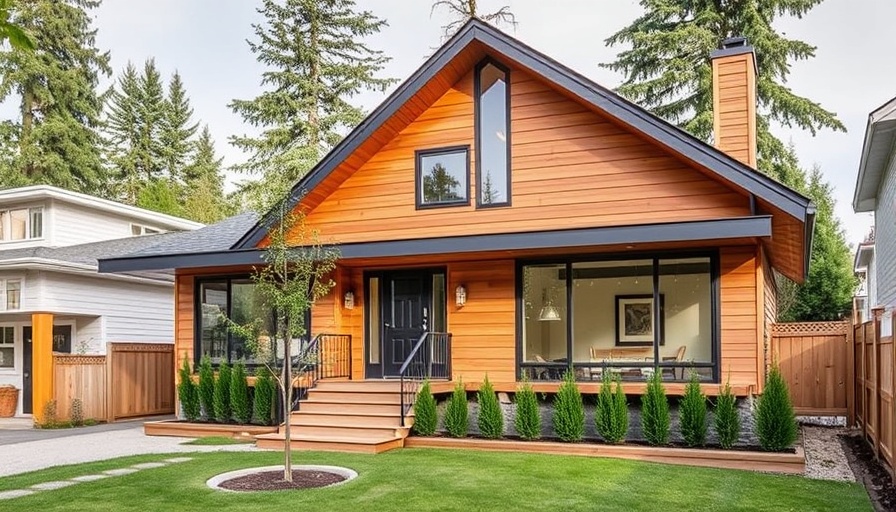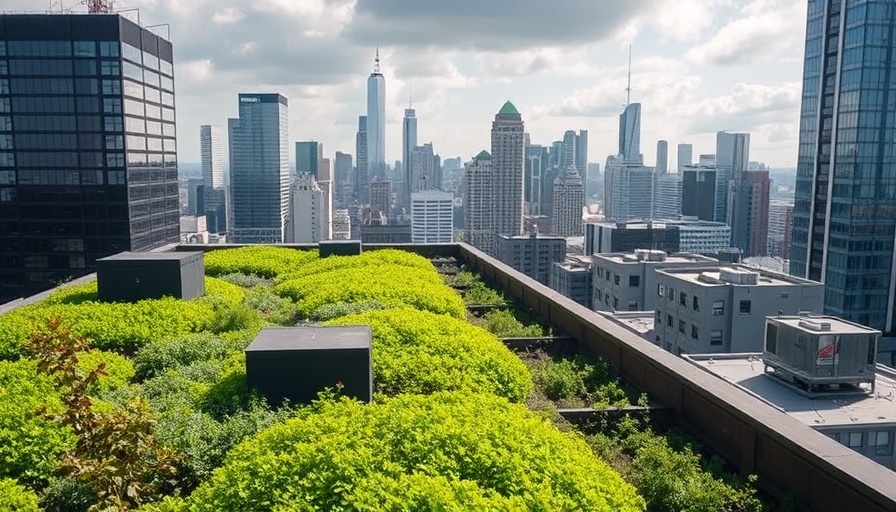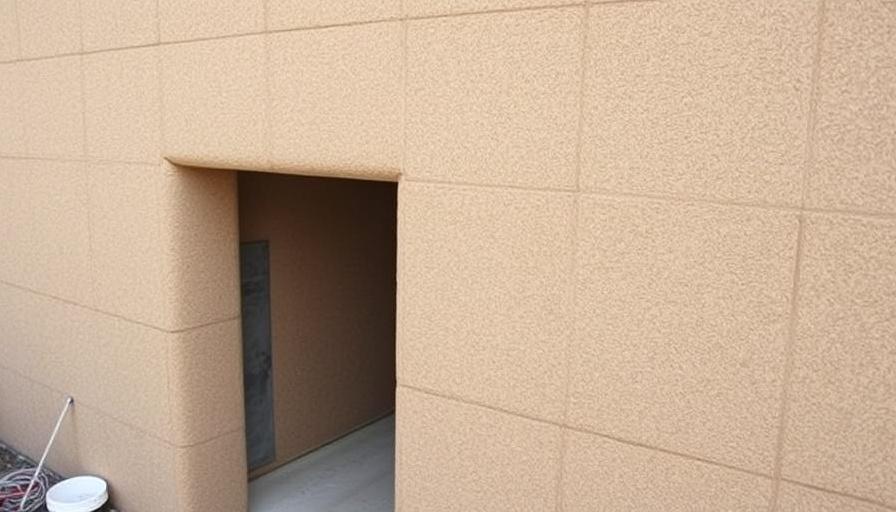
Understanding Net Zero Homes: A New Standard in Sustainable Living
The push for sustainable living has brought net zero homes into the spotlight, especially in environmentally conscious regions like Vancouver, BC. But what exactly defines a net zero home? In essence, it’s a property that produces as much energy as it consumes, thus minimizing its carbon footprint. It’s a forward-thinking approach that allows home owners not only to reduce their energy bills but also to contribute positively to the environment.
Two Perspectives on Sustainable Home Building
While Vancouver serves as a model for eco-friendly housing, what can homeowners in London learn from these practices? The principles of building a net zero home can be adapted to a wide variety of climates and geographic regions. By adopting strategies utilized in Vancouver, homeowners elsewhere can innovate their own building practices to achieve similar energy efficiency goals.
Materials Matter: Choosing the Right Components
Eco-friendly materials are vital to constructing a net zero home. Materials such as reclaimed wood, recycled steel, and high-performance insulation not only enhance energy efficiency but also reduce waste and promote sustainability. The careful selection of components leads to an overall decrease in the building's energy consumption while maximizing its lifespan and durability. Homeowners should seek suppliers and manufacturers who prioritize sustainability in their product offerings.
Innovative Techniques: Making the Most of Your Space
Progressive construction techniques play a key role in achieving net zero status. Techniques like passive solar design—orienting windows to maximize sunlight—can drastically reduce heating needs. Furthermore, geothermal heating systems represent another innovative method of achieving energy efficiency. London’s homeowners can look towards integrating these systems, taking into account local geography and climate conditions for optimal performance.
Future Trends in Sustainable Living
The growing adoption of net zero homes reflects an increasing concern about climate change. As cities, including London, seek to decrease their overall carbon emissions, the shift towards sustainable living is likely to accelerate. Trends such as the integration of smart home technology will further enhance energy efficiency, allowing homeowners to manage their energy consumption seamlessly and more effectively.
Local Resources: Finding Your Community’s Experts
For those inspired to embark on their own sustainable building journey, London offers a plethora of local resources. From eco-friendly architects to specialized contractors, the community is rich with professionals who are committed to green design. Collaborating with these experts can provide invaluable insights and support, ensuring that home builders have access to both the latest sustainable technologies and adherence to local building codes.
Making the Commitment
Building a net zero home is not merely a trend; it is a commitment to a sustainable lifestyle that benefits both homeowners and the environment. By adopting innovative construction techniques and sourcing eco-friendly materials, individuals can create living spaces that embody sustainability. As climate concerns grow, the transition to greener living will only become more critical.
While the specifics may vary by location, the core message remains: every homeowner has the opportunity to contribute to a more sustainable future.
 Add Row
Add Row  Add
Add 




Write A Comment